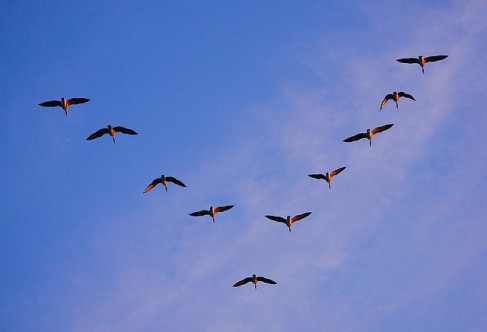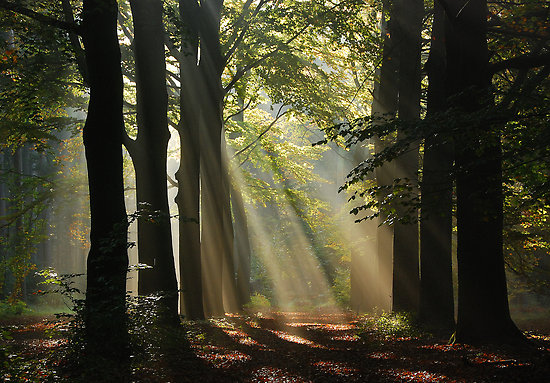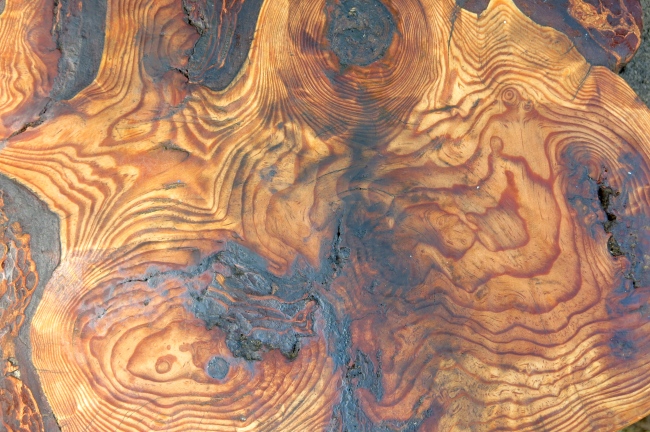I am struggling. I live off the grid, on an organic farm, eight miles up a dirt road and 30 minutes from “town.” I have lived here for four years and have yet to have a relationship, or even a proper date, with anyone that actually lives in my zip code. I have worked very hard to set up a lifestyle and an existence that allows me freedom and flexibility. It is beautiful here. I have meaningful work, family close by, wonderful friends, and a playful community. Yet, I want someone to fool around with on Saturday night and wake up to on Sunday morning without wondering how did that happen, or will it happen again? Do I give up all that I have built to move back to the city and date? Or, do I have confidence and trust that some day, the right bearded man is going to drive down my road in a pick-up truck to find me picking blackberries in a cute pair of cut-offs and cowboy boots?
For the past couple of years I have survived by developing a “gaggle,” the select group of guys in my life who play different roles, fulfill different needs, and can potentially help me identify what kind of relationship I would like to have next time around. The women who coined this term have laid out the different roles one might find in a typical urban gaggle. But no one ever thinks about what life is like in rural America, so I adapted their ideas to my country existence.
There is the “booty call” that I hook up with when I make my monthly trips to the city- seriously casual, and very hot sex. My gaggle includes the “non-date date” guy. We go out for dinner and drinks, have adventures, and then we go home—alone, or I text my “booty call” and complete my night. The “guy next door” (who happens to be one of the only other single people in a 10-mile radius) offers small favors to help me out, and occasionally we make dinner for each other or sit down for a beer to compare notes about dating in our 30’s, but we could never date each other. My gay friends living down the road are willing to play “wingmen” and quickly remind me that there are always a million, beautiful fish in the sea when the one I want looks the other way.
Although it is rural, it is still a pretty hip place, so I can also include the “open relationship” guy who has a primary partner, but is interested in being my lover- three legs being more stable than two, you see. And then of course, I have all the wonderful men who live nearby with their wives and girlfriends. These guys help me fix my truck or run the chainsaw when I need them. Sort of like a handy ex-boyfriend that is still around, these are my “boyfriends on loan.”
This country version of the gaggle provides me with a way to get what I need in my life without having a significant other. It encourages me to get out there and see what men have to offer, even if it is not a romantic relationship. It allows me to be more accepting of what others have to give, because I can see that they may be able to fulfill a role or spot in the gaggle. Because of my gaggle, I can now differentiate between intimacy and sex, and understand that these two things do not necessarily have to go together.
But right now, my gaggle is missing prospects. I want to dwell in possibility, even if only for a minute or two. And that’s where the country falls short. If you think the pickins’ are slim in the city, you should check this place out. There is a “hot sex prospect” once every six months at best. And, once you sleep with him, the whole neighborhood knows and you just ran the well dry. We do get some “possible prospects” in the form of travelers and visitors that are passing through. These typically younger men bring brief moments of excitement and some candy for the eyes, but little hope for an interaction that lasts more than a few weeks. Plus, the pressure to push a quick romantic encounter gets to be too much, especially when the twenty-somethings are so much faster than this ole girl. I couldn’t even begin to tell you what a man with “boyfriend potential” looks like; I haven’t seen anything like that around here.
This picture may seem a little grim, and sometimes it is. Everyone asks me why I don’t just move back to the city. What is a girl like me doing in a place like this anyway? But, I love it here. And, so much of my life is kicking ass. I have everything almost everything a girl like me could want. If I moved back to the city and gave up all that I have built and created to “find love,” what would I have left to share with that person, assuming I could even track him down?
This is the puzzle that keeps me up at night. It has me regularly driving 284 miles north on the I-5 so I can get some booty and flirt with strangers for a few days a month. It breaks my heart and tests my patience. How do I live the life I love and have a love life when I am a member of one of the smallest sub-populations in the United State—a 33-year old woman who is single and lives in the country?



